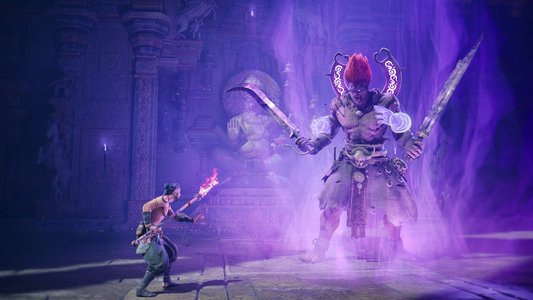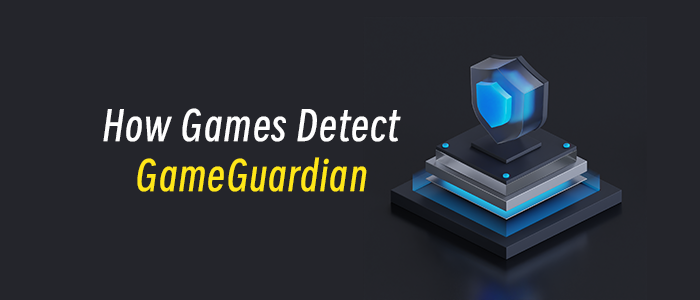[In this reprinted #altdevblogaday piece, Vigil Games' senior designer Mike Birkhead continues his "Tips From a Combat Designer" series by going over the four cycles of game design.] Design is not a linear process. A game is not assembled piece by finished piece like some elaborate puzzle, much to the chagrin of our managers. There is something compelling, though, in that mental image of an elaborate puzzle, but the quest for good design is not the quest for that single piece that you think might fit, and if only you searched hard enough you will find it. This gap between mental image and reality is hurting us dearly in the realm of game design, but it hurts, most of all, when it comes to planning and scheduling. You can break out your process into as fine a detail you like, but if you think of it as linear steps, then you are doing it wrong. Design is not linear, my friends, because it flows in four cycles. They are cycles, not steps, because you spin around inside them, picking up speed, excitement, and eventually, if it passes the test, you fling yourself out of that cycle to the next; where, like before, the process of building up speed continues and, most importantly, if you fail to maintain your speed, you fall back to a previous cycle — possibly out of the loop completely, which means, guess what, that idea didn't make the cut. Wether level or system design matters not, nor do the specifics of the system itself matter, as it always flows through the same four cycles: Goals, Research, Implement, Polish.

Defining Your Goals
"When forced to work within a strict framework the imagination is taxed to its upmost — and will produce its richest ideas. Given total freedom the work is likely to sprawl." – T.S. Eliot
You must, before anything else, define what you want. The sea of design is vast, dangerous, and has many a pirate cove waiting to waylay you on your journey, so make sure you got your sails pointing in the right direction. The ultimate goal for any system is to ensure that the player's hierarchy of needs are being met, which, for me, means running through my checklist of the 5 Layers of Player Satisfaction. We will cover the first layer, implementation, in a second, and the second layer, feel, will come into play in the cycle after that, but for the remaining layers — mastery, purpose, and meaningful choice — we can begin to plan for them now. The ultimate goal is a fun experience, and a fun experience is crafted through ensuring the player's hierarchy of needs are being met. Goals are only half of the equation, though; constraints are just as important, as every game has need of constraints. Living in the pie in the sky is not as creative and freeing as you think, because it is only through constraints that true creativity is born. I'm not immune to dreaming big. How many times have you scribbled in your notebook, "omg gta + elder scrolls + space", which was followed by several fervent scribbles of half-thought systems; I am sure, however, that if you actually tried to realize that vision it would result in a bloated, directionless, and ultimately bland game. It's the "best thing ever" paradox. Trying to design the best thing ever usually results in the most boring thing ever, but that's another post. The point is that you must study and understand your constraints, and they come in many types.
IP – Are you making futuristic or medieval; realistic or fantasy?
Staff – If you think that a staff of people that have made primarily shooters can just shift focus to an action game, then you are horribly, dangerously naive. The kind of staff you have constrains the kind of design choices you make.
Time – As much as we all wish we were Blizzard, the fact remains that we only have so much time available to us.
Control – Having more mechanics than buttons on your controller is a very real problem, and we are very realistically constrained by the type of control method you have for your game.
Mechanic – Some mechanics, while fun, simply do not work well in conjunction with others.
Core – You must define the core of your game; and, consequently, you are then constrained by those choices. Never bloat your experience, and always ask yourself if you REALLY need a mechanic.
Constraints are not the enemy, my friend, as they are a very real part of the process; and, ultimately, if you feel that constraints limit your creativity, then I can safely say, with full confidence, that you lack a single creative bone in your body. Deal with it.

Do Your Research
"Originality lies in the struggle for authenticity, not eccentricity." – Robert McKee
So we know our goals and constraints, and now we start building, right? Nope (Chuck Testa)! Pull back on those reigns buddy. Good designers know that it is execution and not innovation that really and truly keeps people engaged, but it seems like way too many designers skip this crucial step in the process: doing your damn research. I have written before about my feelings on ideas and stealing them. It is simply not a concern of mine, and, if current games are any indication, most designers live in fear of stealing. [Rant Mode On] Let's get real here for a moment. There is proof abound of this in our industry, but one particularly relevant example exists in Gears of War. One game session of the active reload system, and I knew I wanted it in every game after that. Every. Game. This was the mechanic. Screw cover based shooting, THIS, was the mechanic. Cliffy, if you are reading this, I know you agree with me, and I feel you bro. Seriously people, if I reload a weapon I want that system. How is this even a debate? It's gaming at it's most serene. Gamey, yet not too gamey, with an added element of timing and skill to an otherwise mundane activity. THIS WAS THE STICKY NOTE
No tags.








































